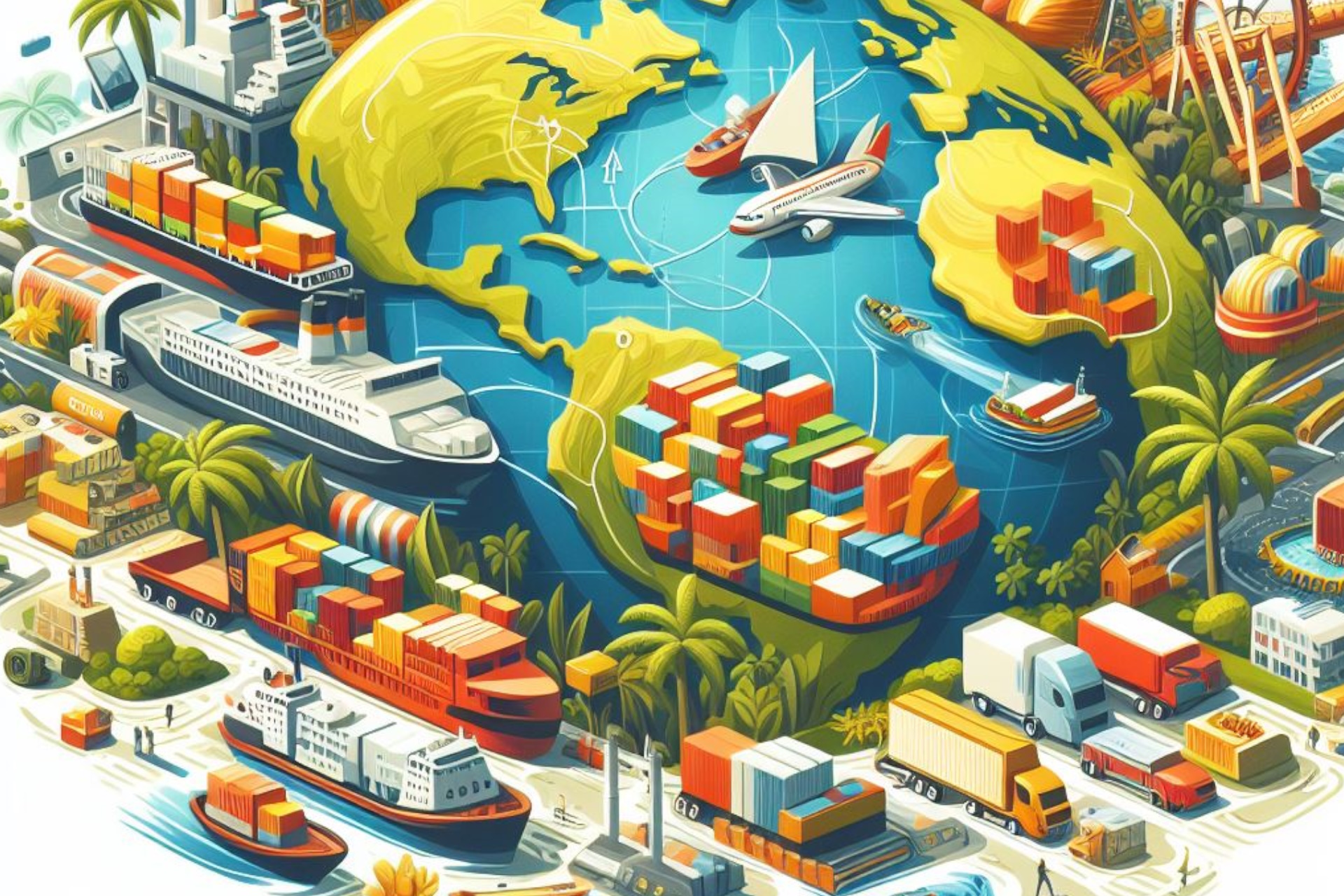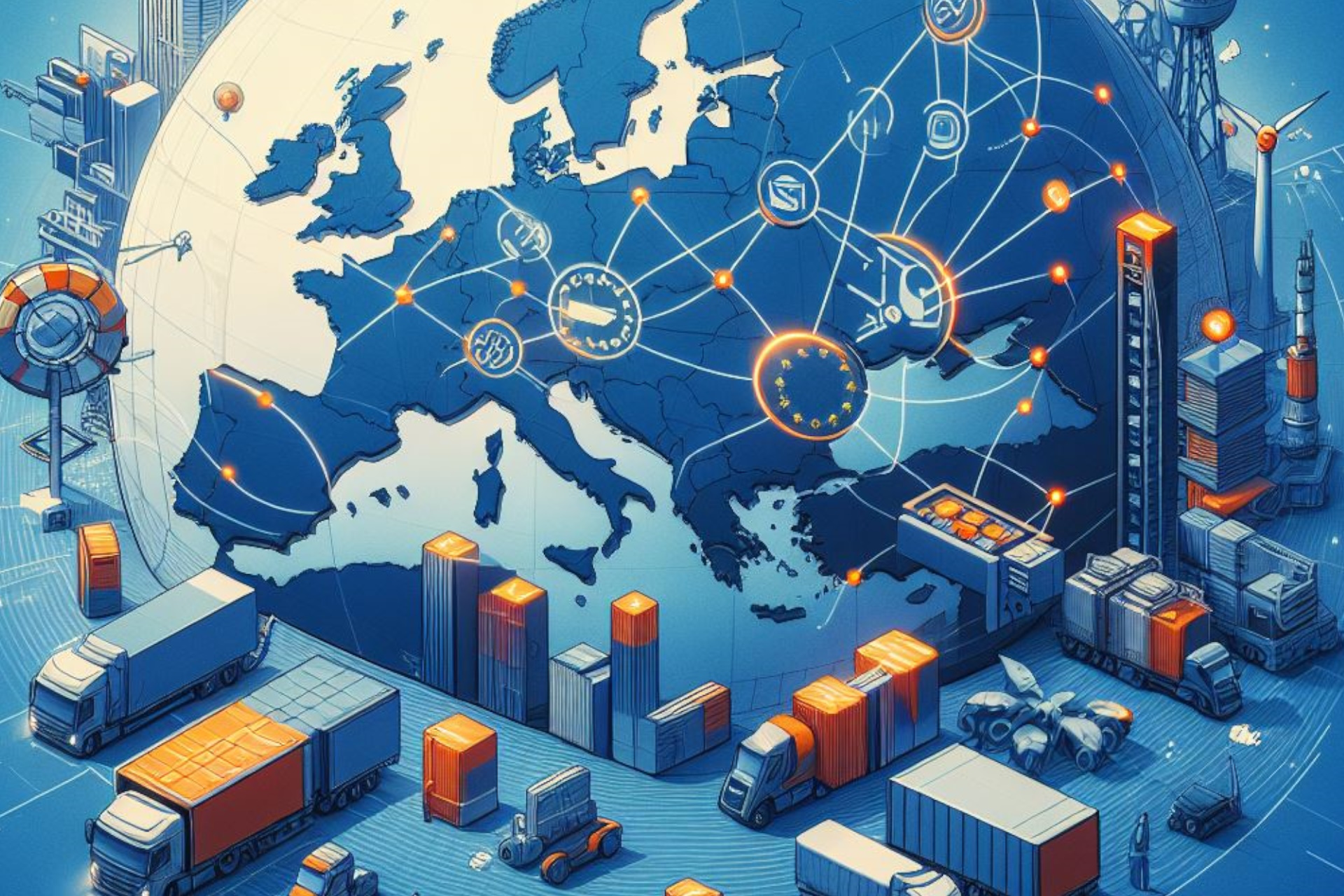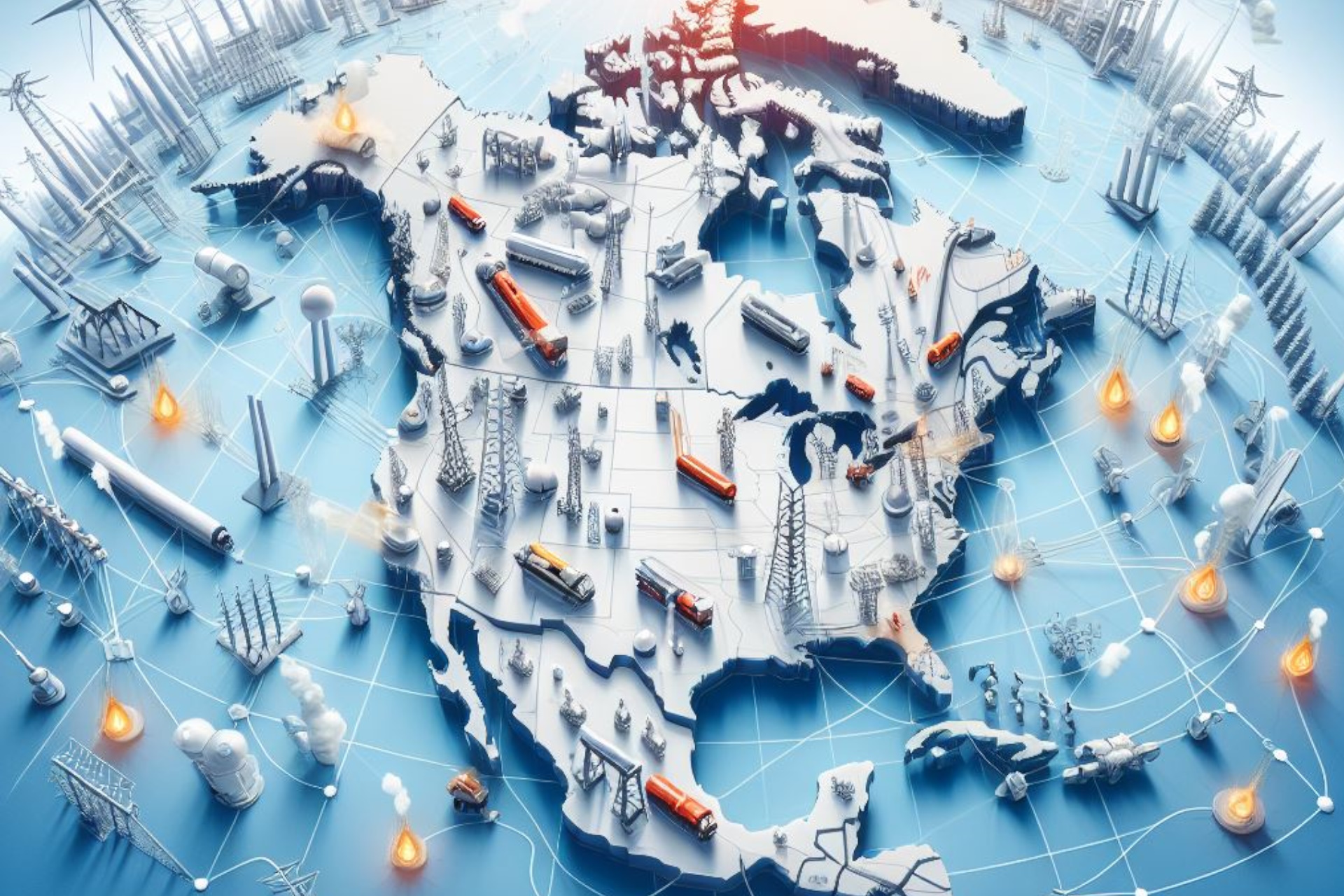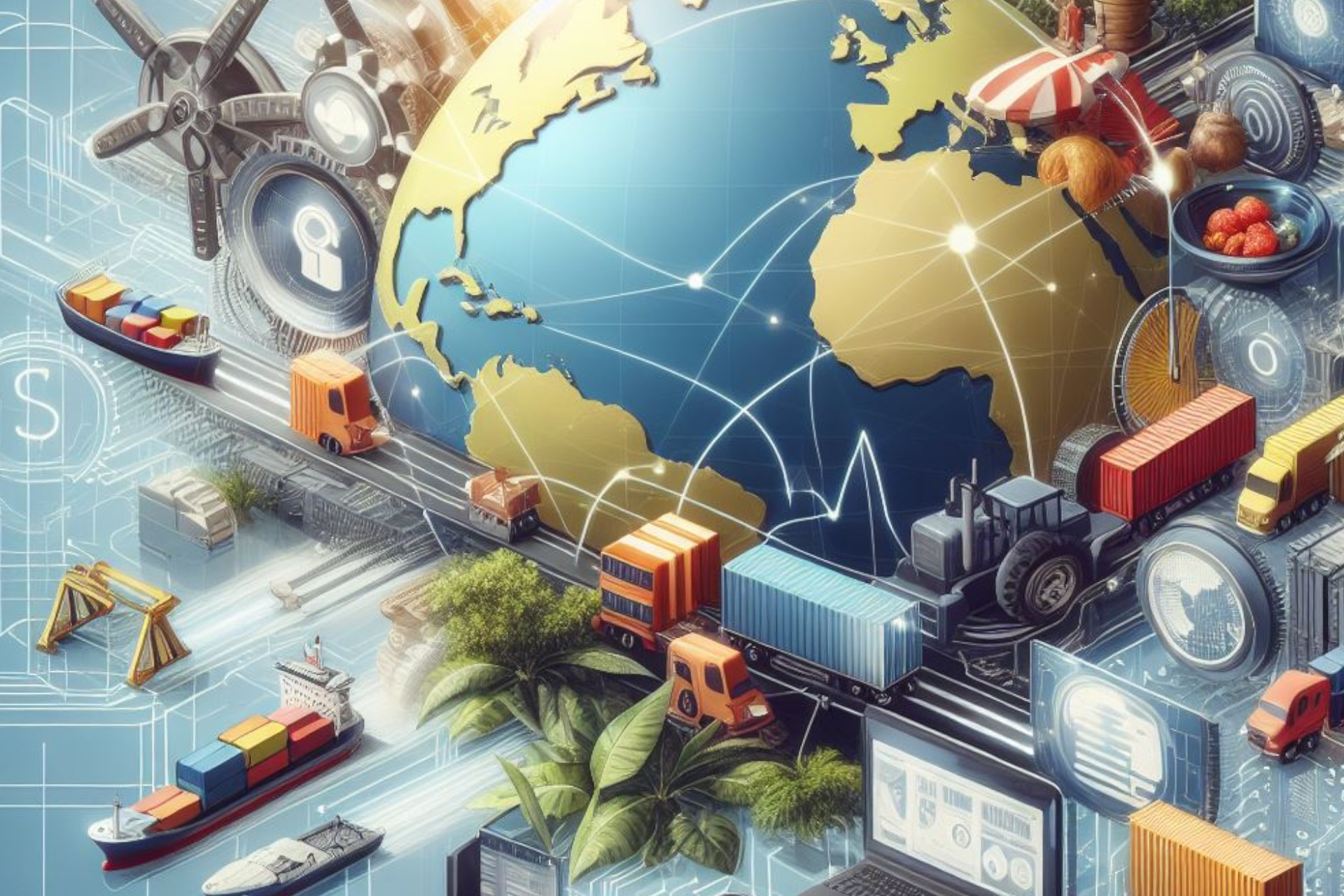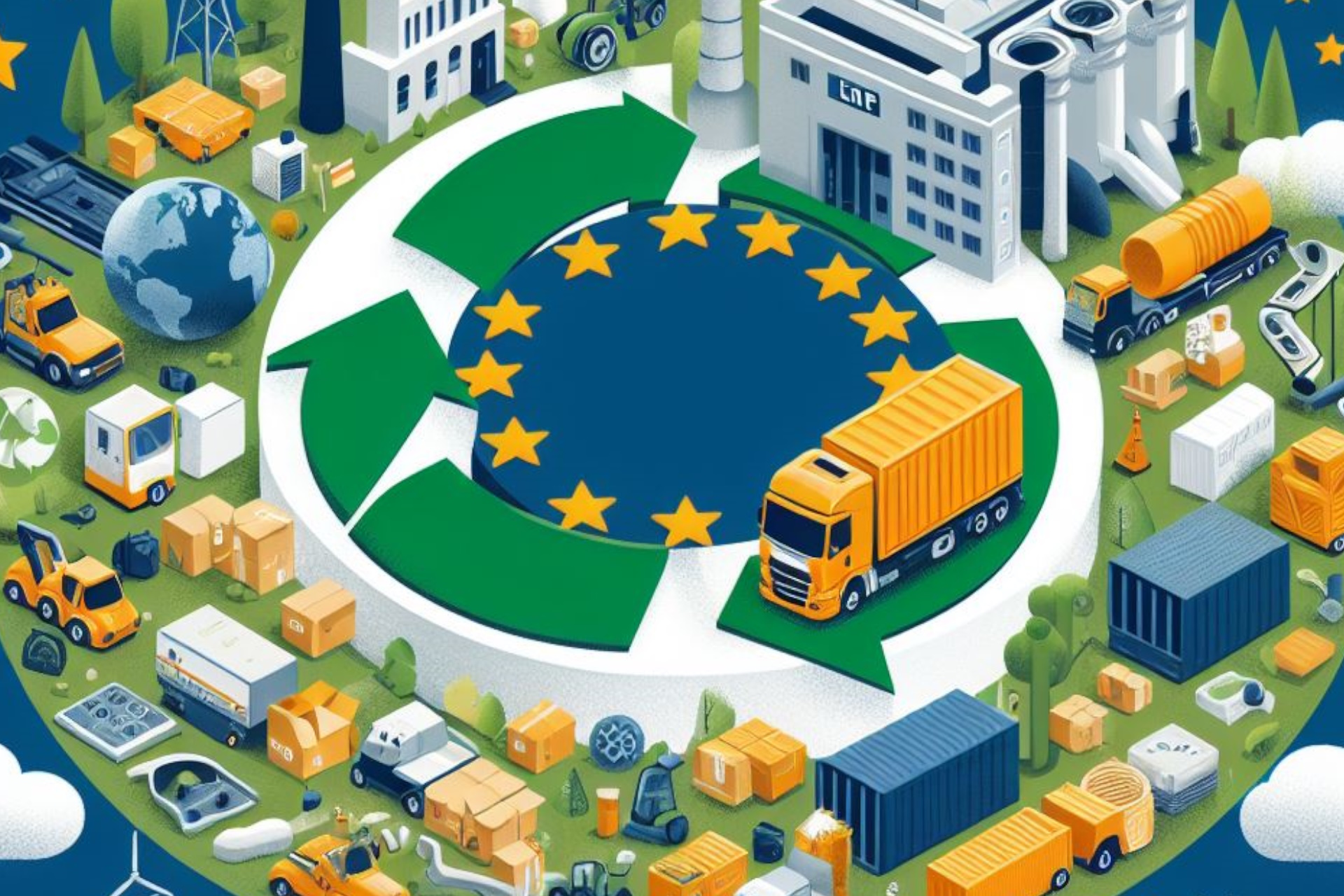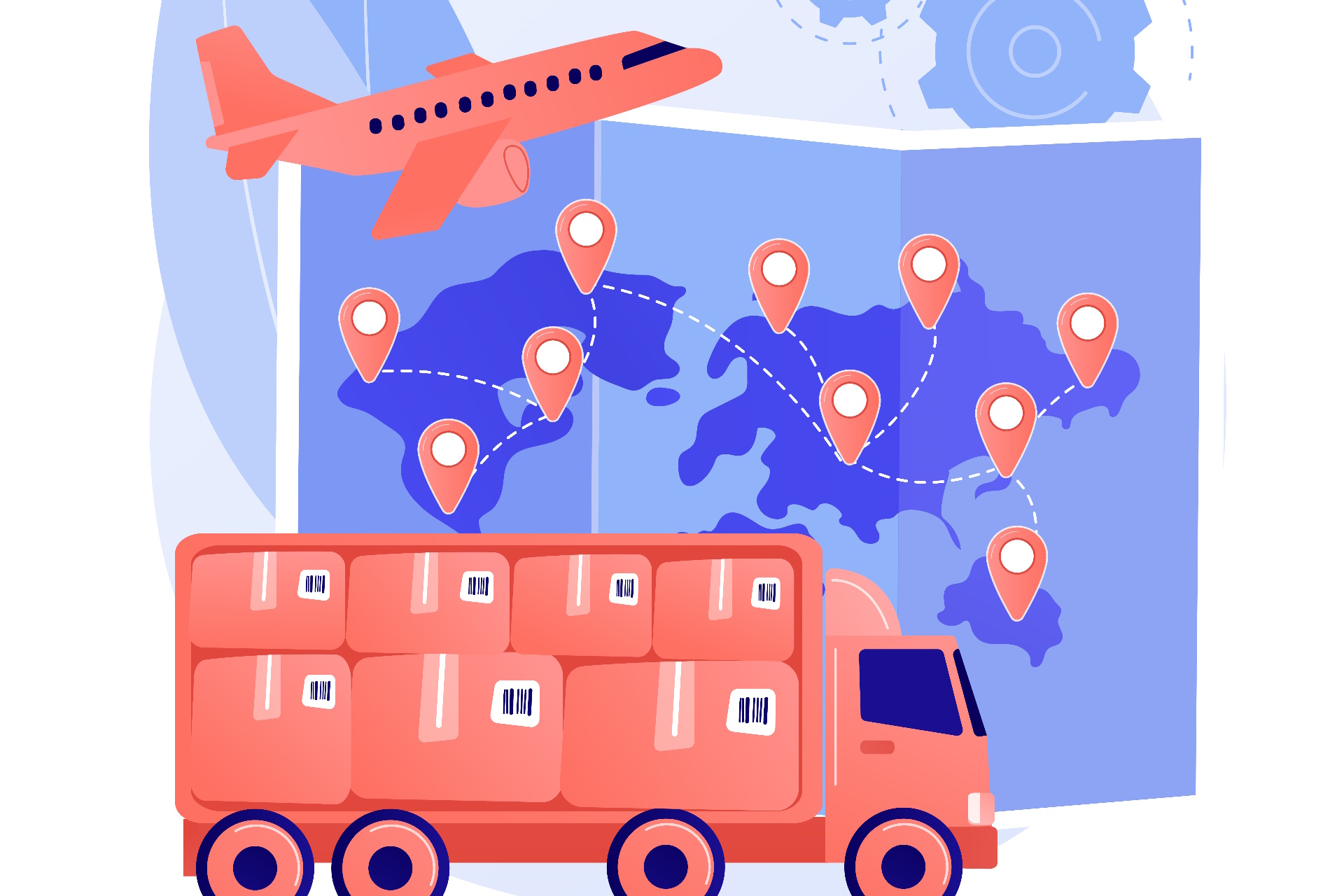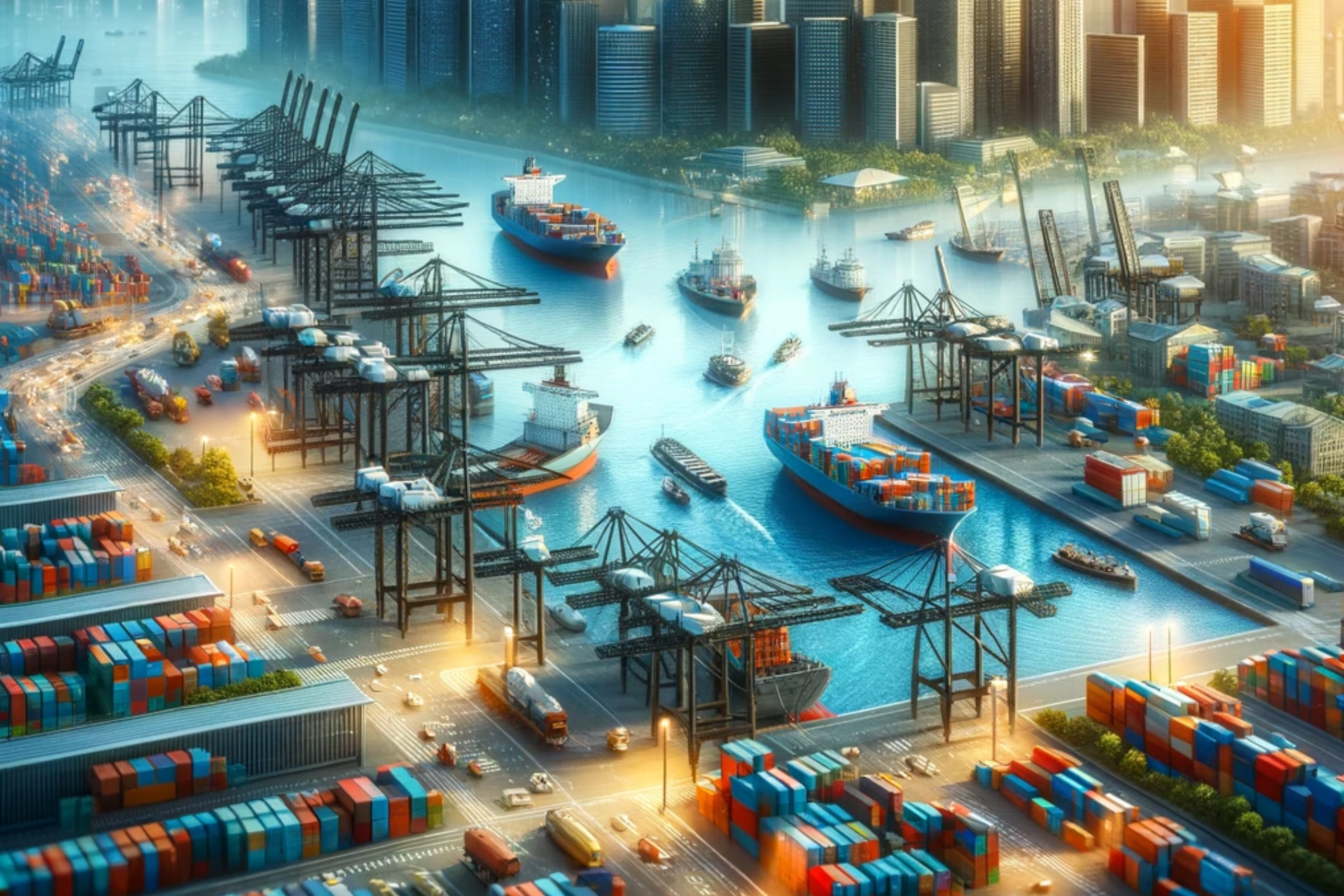The future of cross-border trade in the Asia-Pacific region is marked by unprecedented opportunities for growth and innovation. By embracing digital transformation, leveraging new trade agreements, prioritizing sustainability, capitalizing on the rise of cross-border e-commerce, and integrating supply chains, businesses can navigate the evolving landscape of cross-border trade and unlock new avenues for success in the dynamic Asia-Pacific market.
In an era characterized by globalization and digital connectivity, the Asia-Pacific region stands as a pivotal hub for cross-border trade. With its diverse economies, burgeoning middle class, and technological advancements, the region presents both opportunities and challenges for businesses looking to expand their footprint beyond national borders.
As we venture into the future, several key trends are reshaping the landscape of cross-border trade in the Asia-Pacific region:
1.Digital Transformation: The digital revolution has fundamentally altered the way businesses engage in cross-border trade. E-commerce platforms have democratized access to global markets, allowing even small and medium-sized enterprises (SMEs) to participate in international trade. From online marketplaces to digital payment systems, technology has streamlined transactions, reduced barriers to entry, and facilitated seamless cross-border transactions.
2.Emergence of New Trade Agreements: The Asia-Pacific region has witnessed the emergence of various trade agreements aimed at fostering greater economic integration. Initiatives such as the Comprehensive and Progressive Agreement for Trans-Pacific Partnership (CPTPP) and the Regional Comprehensive Economic Partnership (RCEP) are paving the way for deeper regional cooperation and harmonization of trade policies. These agreements create a more conducive environment for cross-border trade by reducing tariffs, eliminating trade barriers, and promoting regulatory coherence.
3.Focus on Sustainability: In recent years, there has been a growing emphasis on sustainability and responsible business practices in cross-border trade. Consumers are increasingly demanding ethically sourced products, environmentally friendly manufacturing processes, and transparent supply chains. As a result, businesses are compelled to adopt sustainable practices throughout their value chains to remain competitive in the global market.
4.Rise of Cross-Border E-Commerce: Cross-border e-commerce is experiencing exponential growth in the Asia-Pacific region, driven by increasing internet penetration, rising disposable incomes, and growing consumer demand for international products. Platforms such as Alibaba, Amazon, and eBay have become virtual marketplaces connecting buyers and sellers across borders. However, navigating the complexities of cross-border e-commerce, including logistics, customs regulations, and payment methods, remains a challenge for many businesses.
5.Integration of Supply Chains: The COVID-19 pandemic exposed vulnerabilities in global supply chains, prompting businesses to reassess their sourcing strategies and supply chain resilience. As a result, there is a growing trend towards regionalization and localization of supply chains in the Asia-Pacific region. Companies are diversifying their supplier base, investing in local manufacturing capabilities, and leveraging technology to enhance supply chain visibility and agility.
#CrossBorderTrade #AsiaPacific #DigitalTransformation #TradeAgreements #Sustainability #Ecommerce #SupplyChainIntegration #FutureofTrade
Read more views






